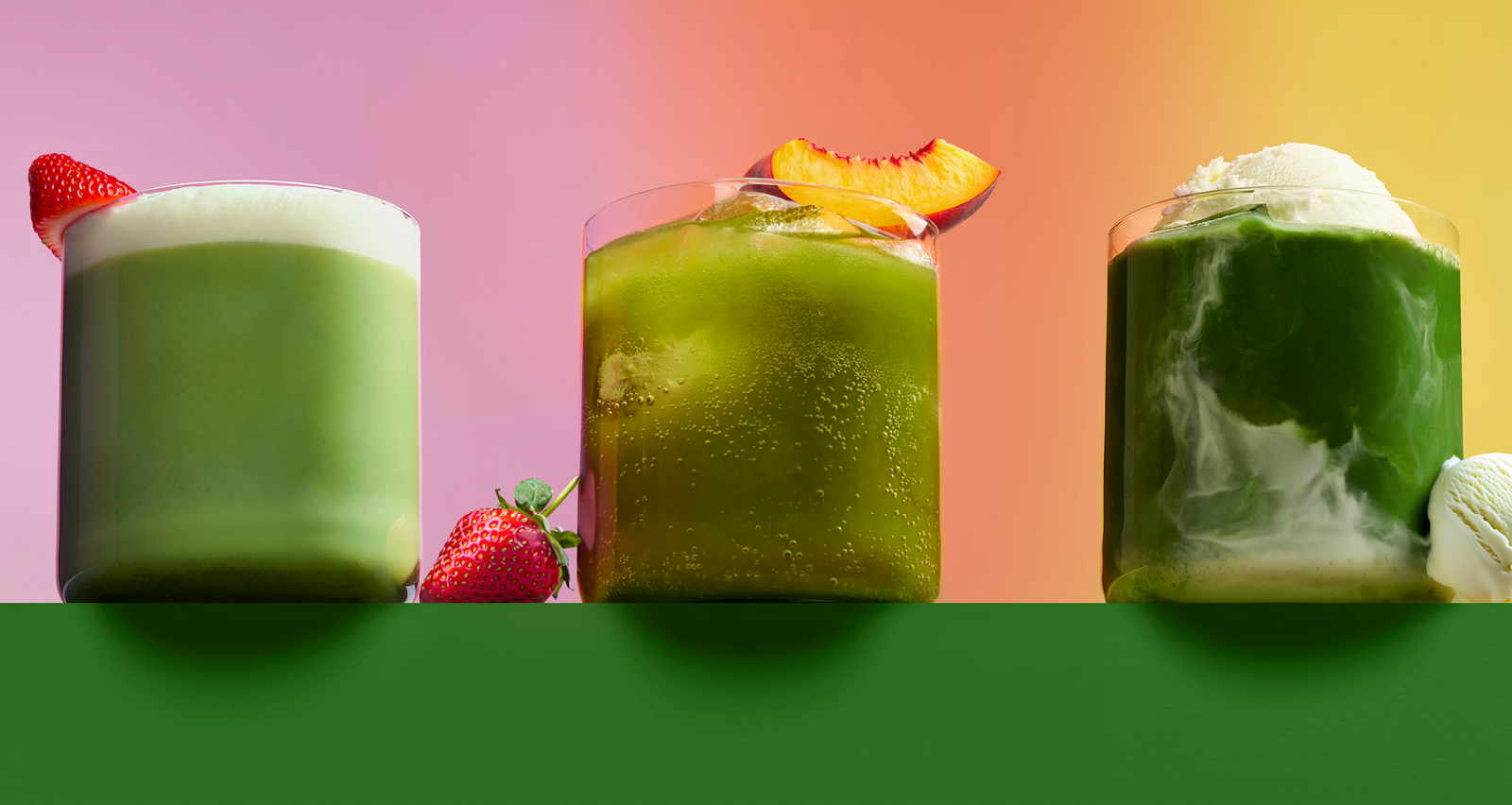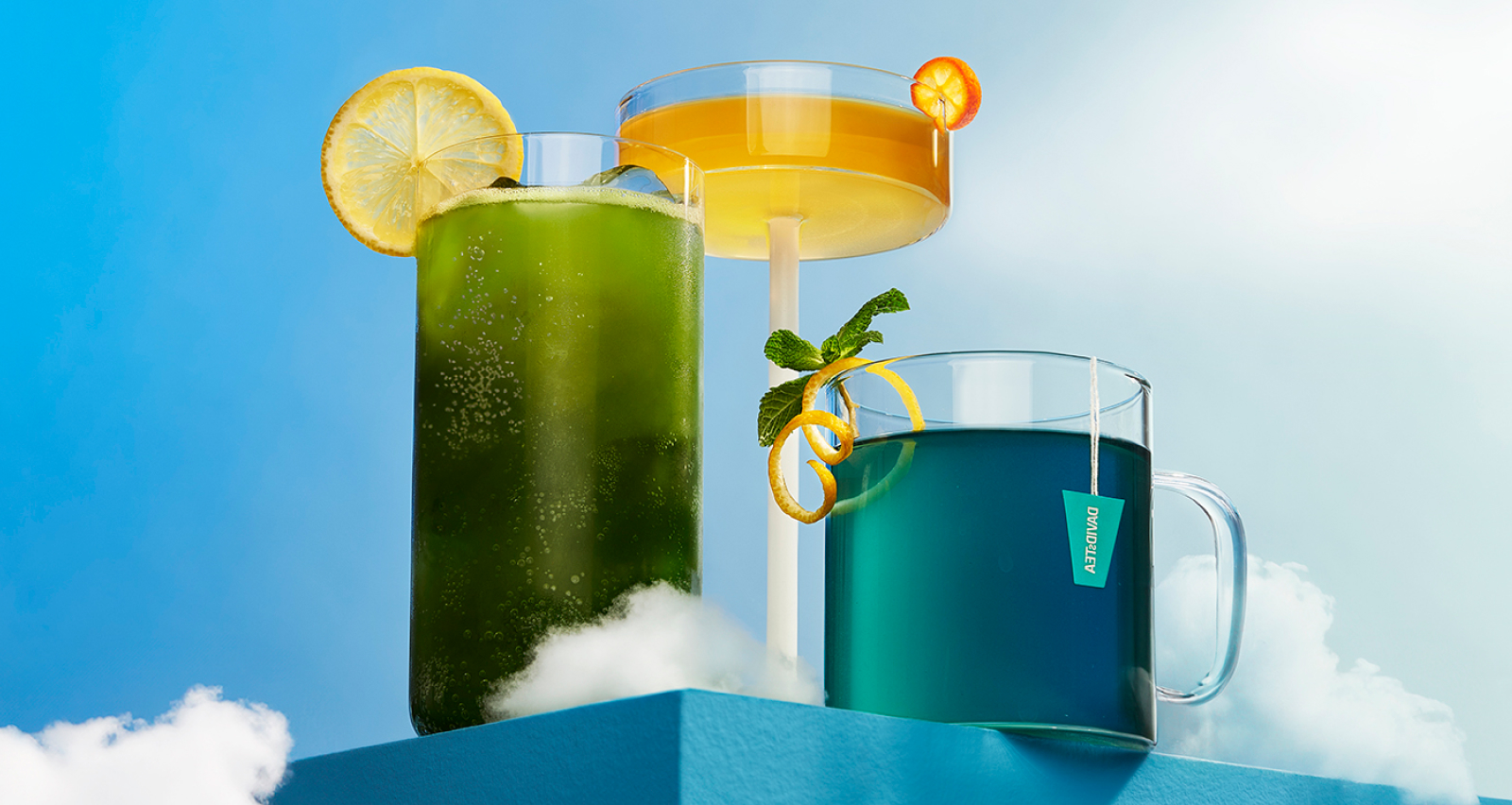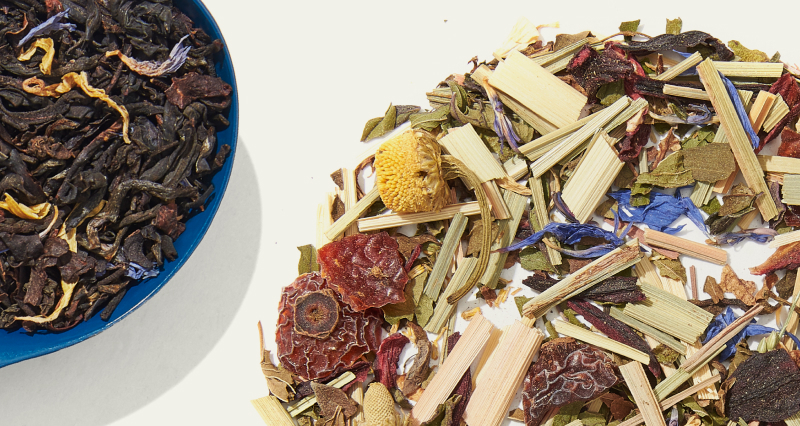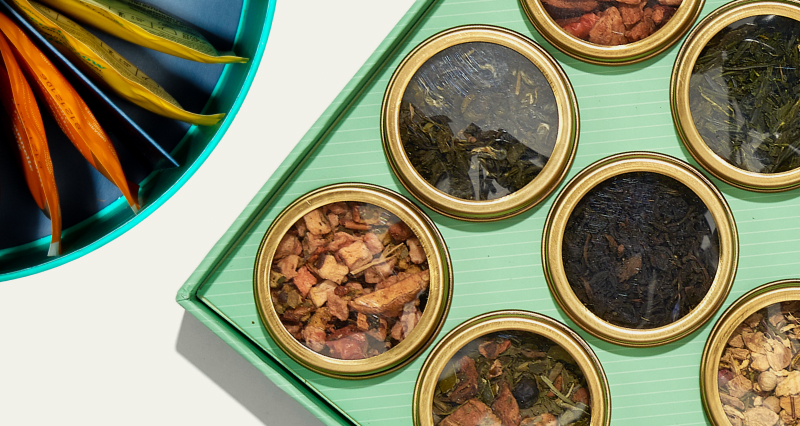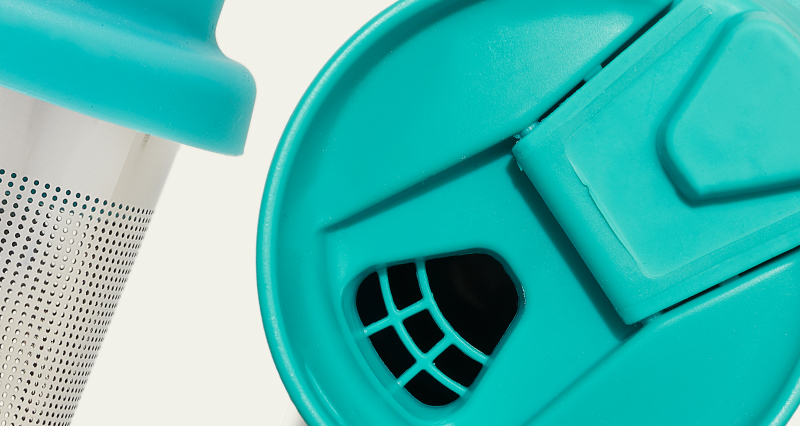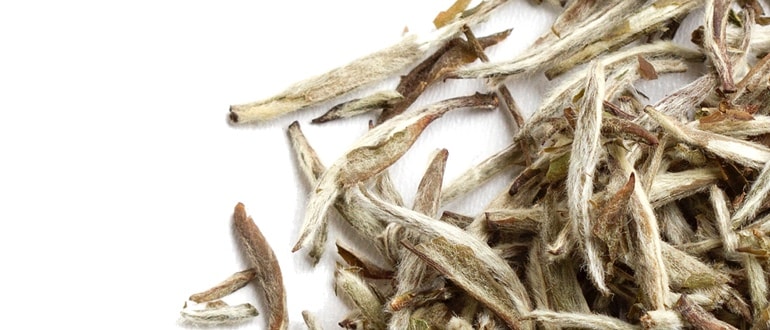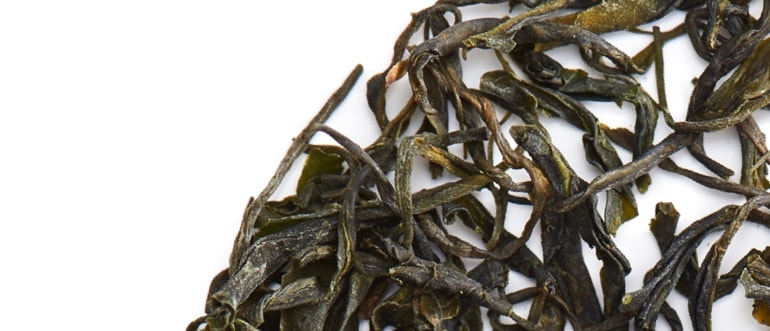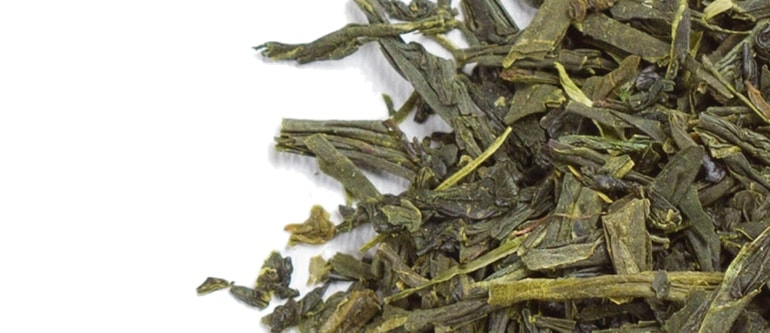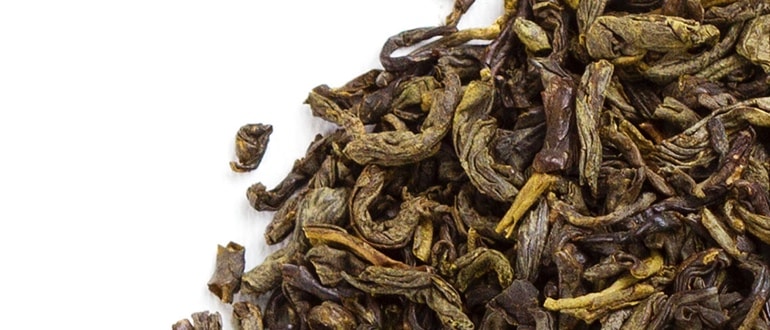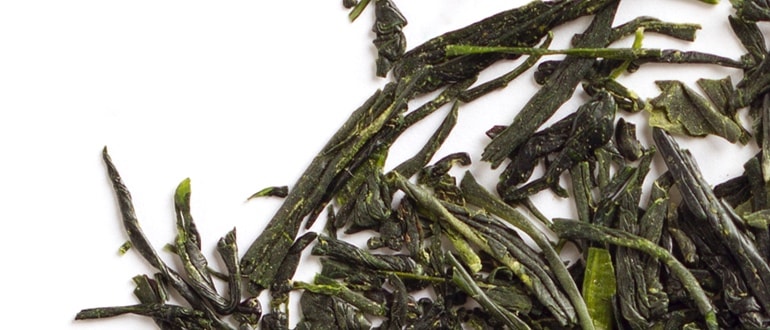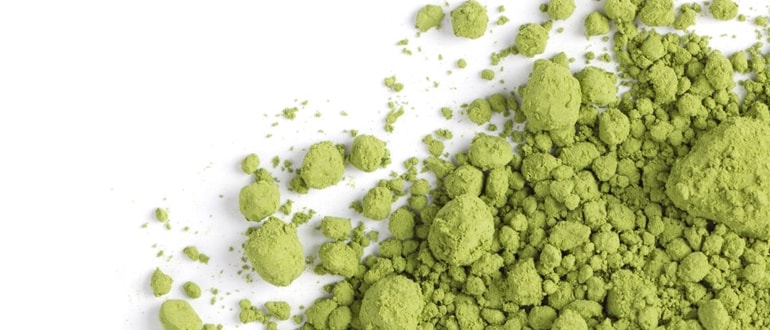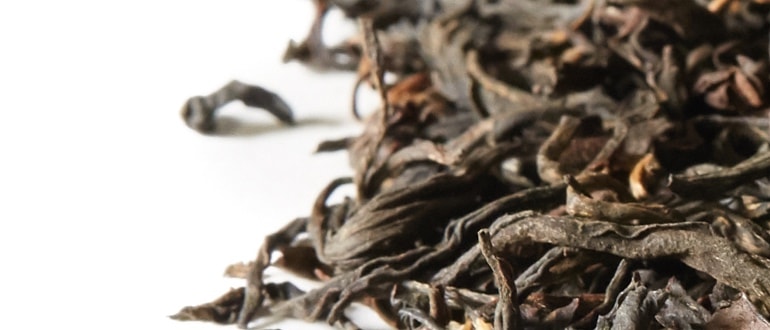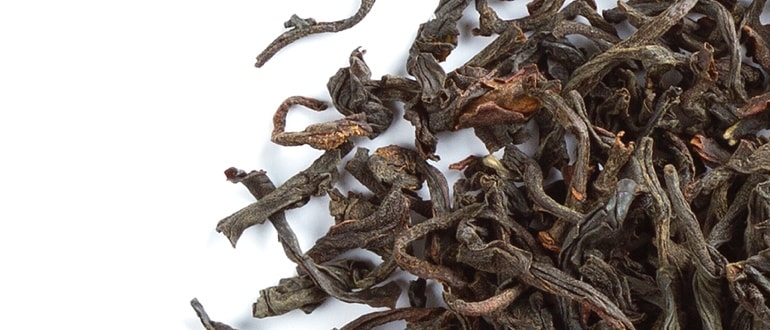Taste the leaves
The purest teas.
Made from the leaves from Camellia sinensis. Each different style is determined by the plant cultivar where the plant is grown, the age of the bush when harvested, the season it's picked, and how it's treated—dried, fired, steamed, oxidized, aged.
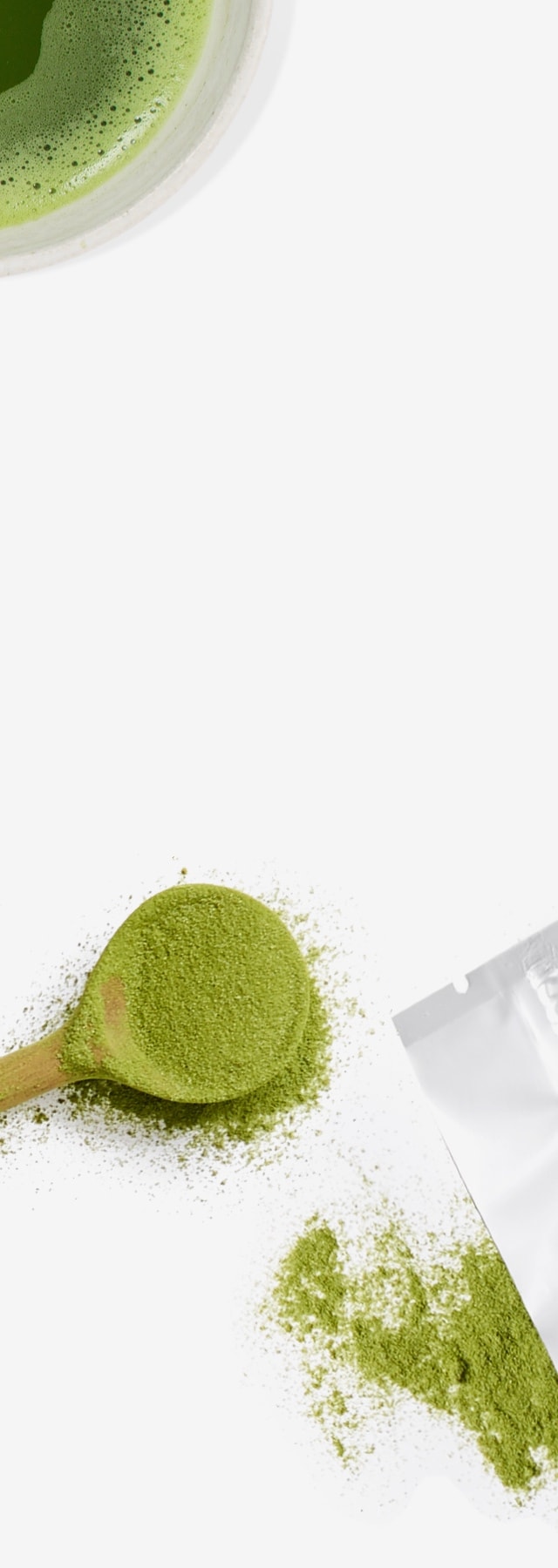
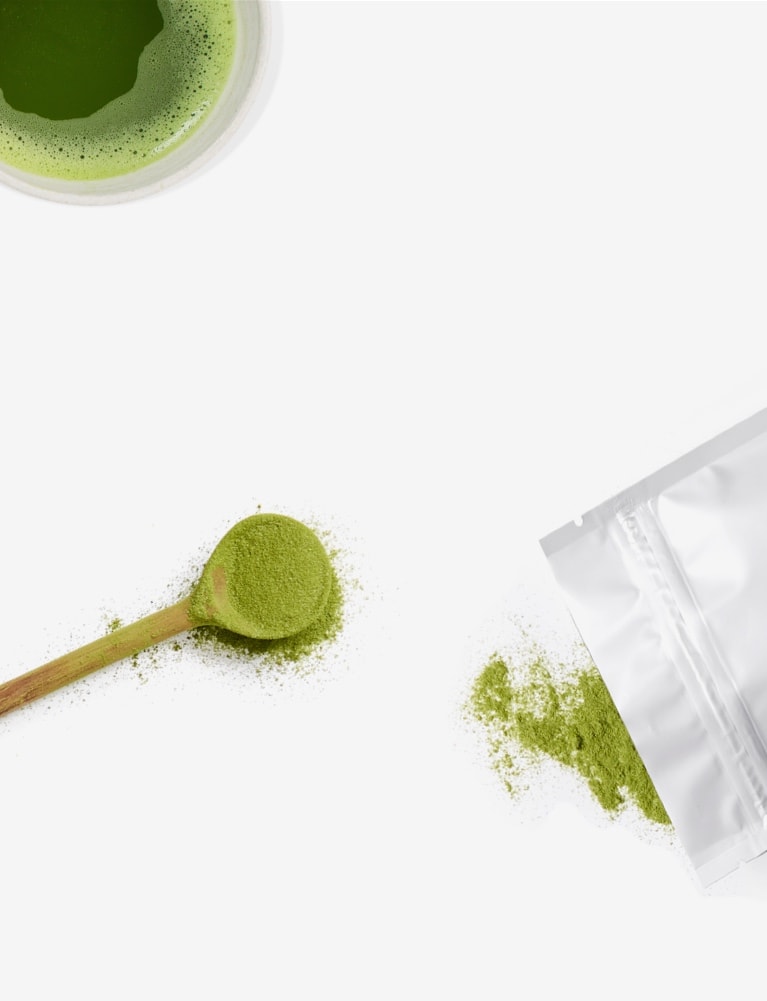
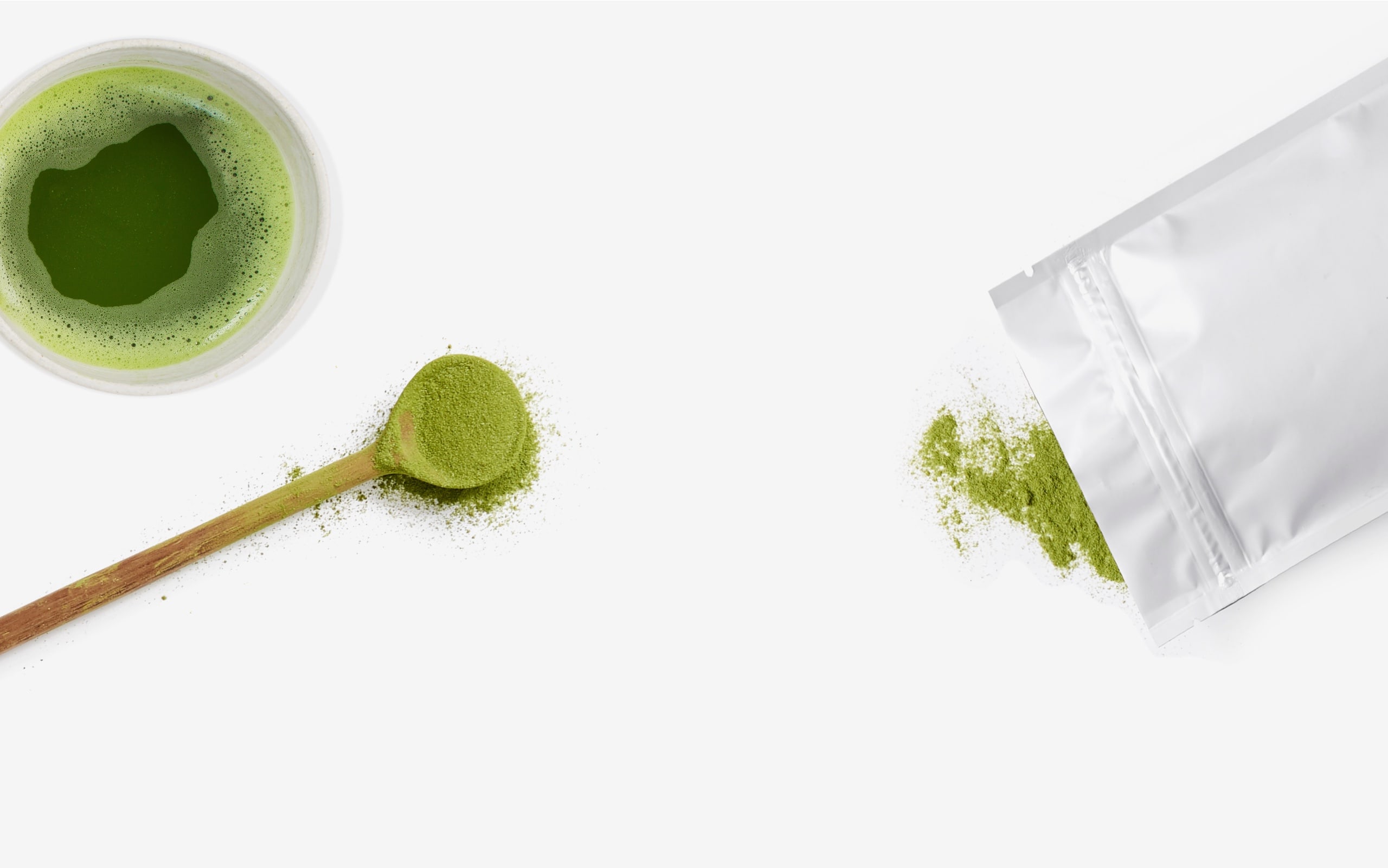


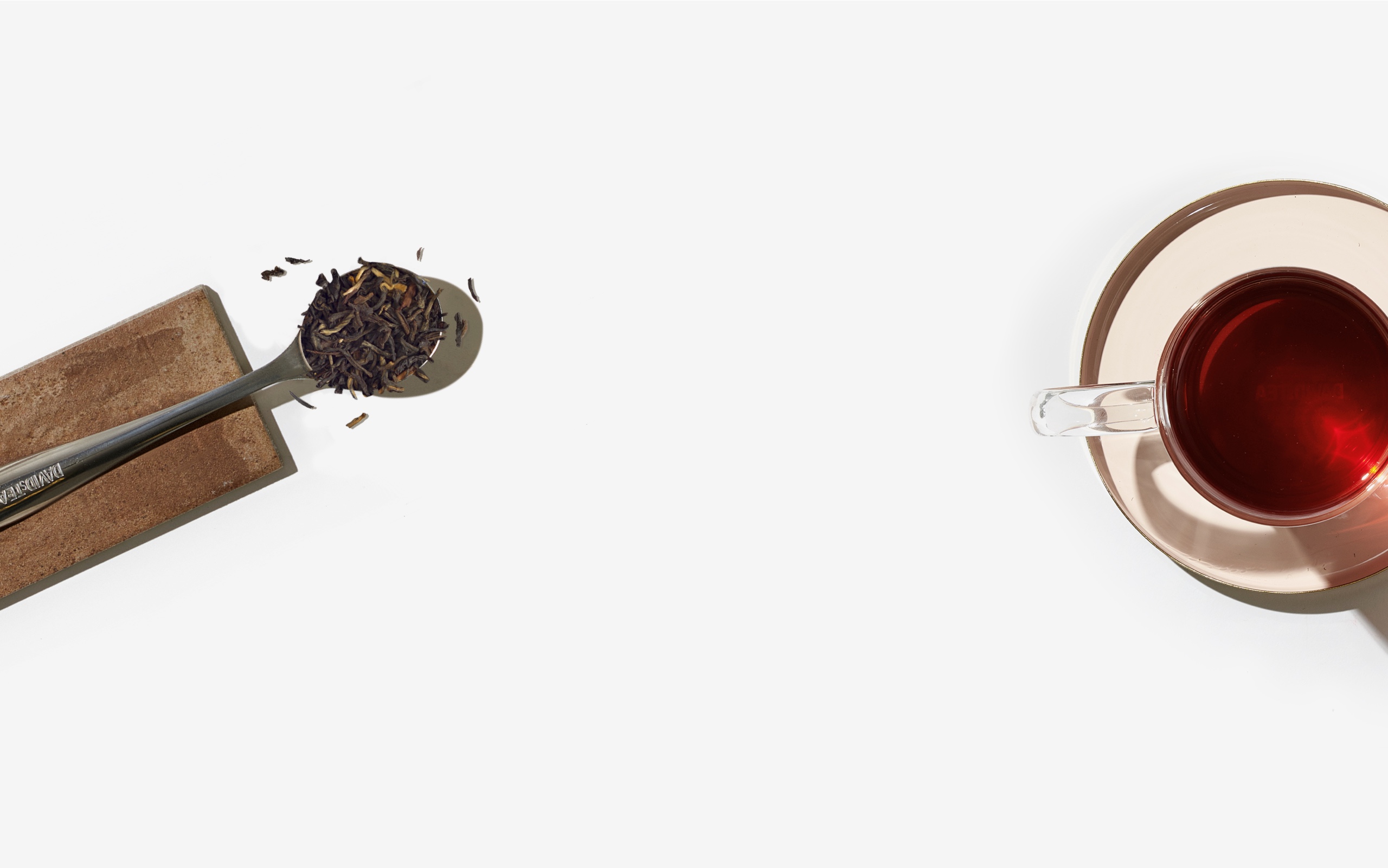
Shop our top 12
traditional teas
The must-sip.
The must-haves.
The faves we could drink a gallon of it in one sitting.



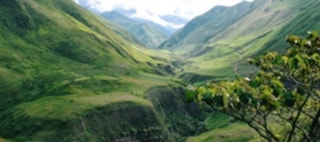
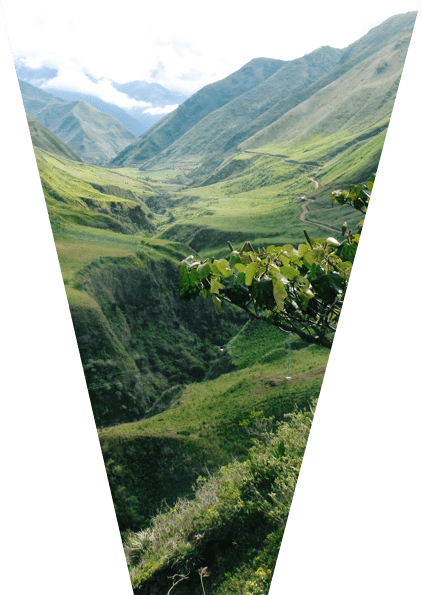
Ecuador
- • Guayusa grows deep in the tropical rainforests of the Ecuadorian Amazon, among cocoa trees, bananas and heliconias.
- • The region’s warm climate, heavy rainfalls, dense forest and mineral rich soils help the guayusa develop and flourish.
- • This native Ecuadorian plant is harvested with a strong focus on local ecology and sustainability.





Brazil
- • This lush and vast South American country hosts an immense variety of plants and animals.
- • With tropical and sub-tropical climate, high humidity, heavy rainfalls and iron-rich soils, Brazil’s climate is perfect for maté.



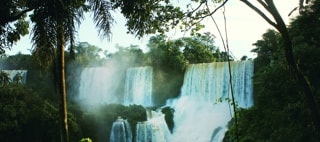

Argentina
- • In the middle of buzzling morning commute in Buenos Aires, or at a friendly family asado you will find the ubiquitous mate and bombilla being passed along a group of friends.
- • The cebador will be in charge of preparing and serving the mate for each round, ensuring that it’s properly steeped.
- • This is the drink of friendship, matear con los amigos, that dates back to the Guarani people.





South Africa
- • Atop the Cederberg Mountains, near Cape Town, grows a smooth and sweet shrub called rooibos, the unofficial national beverage of South Africa.
- • It is the only place in the world where rooibos grows.
- • This sweet tea has become the staple of South African society, and it is enjoyed hot and iced, straight up or with milk – and because it’s naturally caffeine free you can have it anytime of the day.



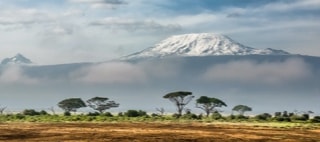
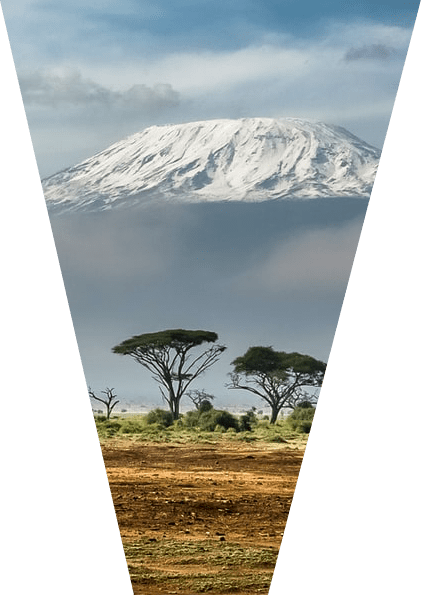
Kenya
- • Diverse land housing savannah grasslands, majestic valleys, and the Masai Mara reserve.
- • The main tea grower in Africa and one of the largest in the world.
- • It has a tropical climate with long sunny days; in the mountainous regions, it boasts cool mornings and evenings which make it ideal for tea growing.
Teas from Kenya
- Kenyan Tinderet




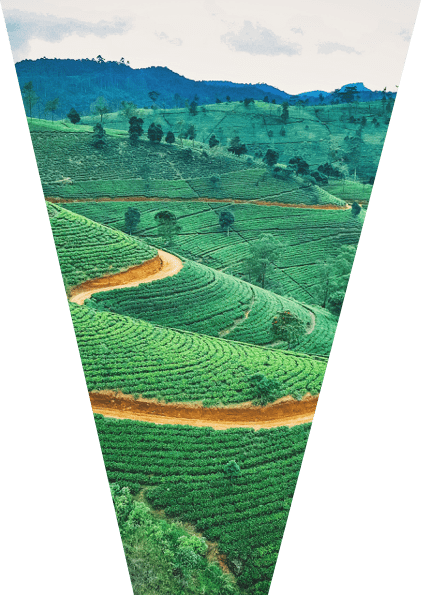
Sri Lanka
- • Island where most black teas are grown.
- • It has a tropical climate with long sunny days; in the mountainous regions, it boasts cool mornings and evenings which make it ideal for tea growing.
Teas from Sri Lanka
- Orange Pekoe



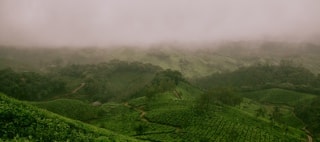
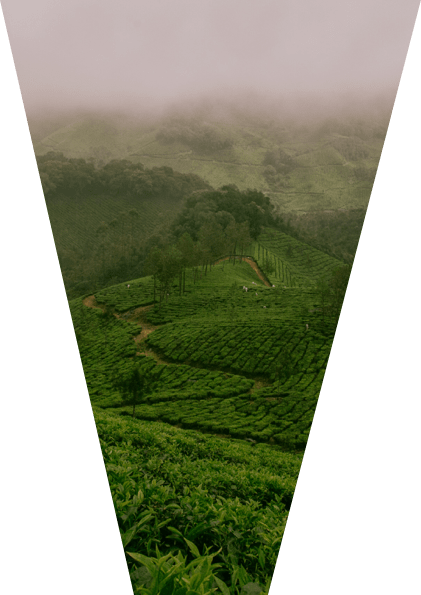
India
- • Famous for its masala chai it also produces some of the world’s most prized teas like Darjeeling and Assam.
- • Thanks to the tropical climate, heavy rainfall, and lush mountainous terrain in India’s tea growing regions, it is able to produce a variety of teas.
- • It also boasts a type of Camellia sinensis that is native to the region, called Camellia sinensis assamica.
Teas from India
- David's Breakfast Blend (Organic)



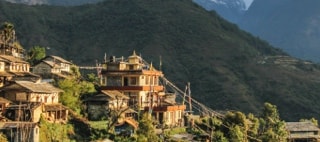
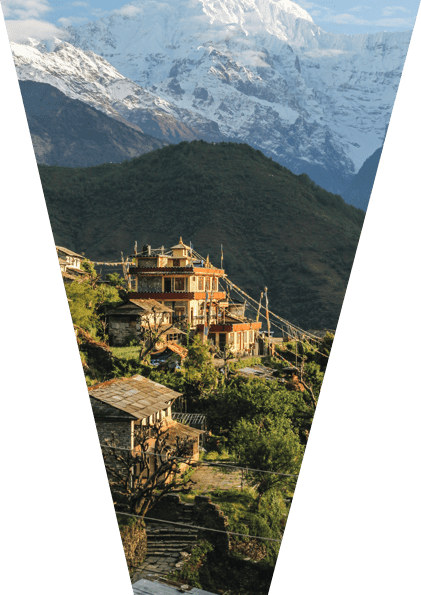
Nepal
- • A country with impressive mountain ranges, flowing rivers and lush valleys.
- • Home to a variety of ecosystems from subtropical regions to artic-like climates.
- • The weather conditions in the tea growing regions of Nepal, are similar to those in Darjeeling, making them suitable for flavourful teas.
Teas from Nepal
- Nepal Black (Organic)



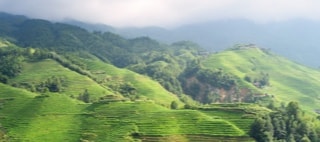
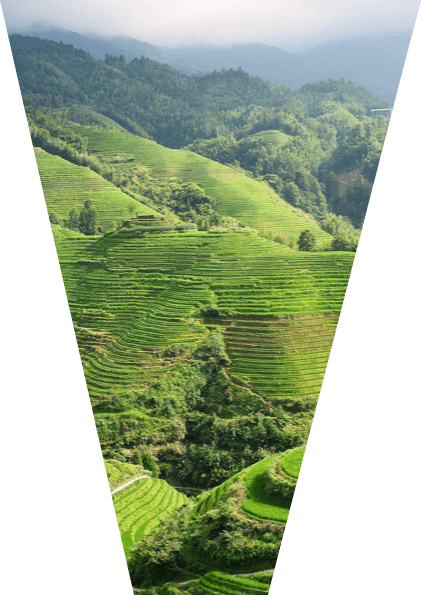
China
- • The birthplace of tea and Camellia sinensis.
- • Tea has been steeped in China for over 4,000 years.
- • This rich diversity produces tons of different tea styles and types like white, green, black, oolong and pu’erh.
Teas from China
- Bai Hao Yin Zhen
- Zen Pearls (Organic)
- Anji Green (Organic)
- Butterfly Jasmine
- Emerald Jade (Organic)
- Silk Dragon Jasmine (Organic)
- Magnolia Oolong
- Phoenix Oolong
- Jasmine Black Pearls (Organic)
- Lapsang Souchong (Organic)



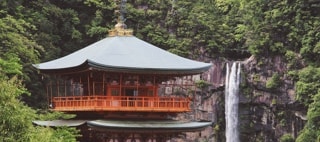
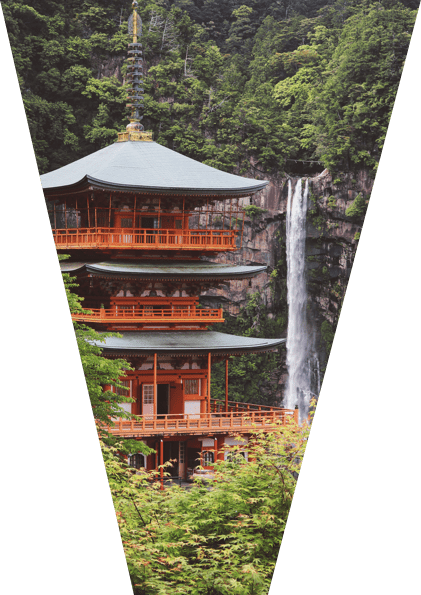
Japan
- • Known as one of the world’s best matcha and green tea producers.
- • During a two-century long isolation policy, Japan developed unique processing methods and customs around tea, like the famous tea ceremony (aka. The Way of Tea).
- • This archipelago’s breathtaking landscape and cool sea breeze gives teas with a very distinct flavour: mineral-like, oceanic, grassy, etc.
Teas from Japan
- Genmaicha
- Gyokuro Yamashiro (Organic)
- Japanese Sencha (Organic)
- Ceremonial Matcha
- Ceremonial Matcha (Organic)
- Grand Cru Matcha
- Matcha Matsu



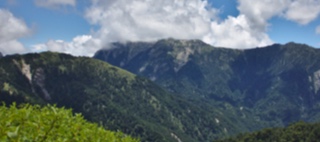
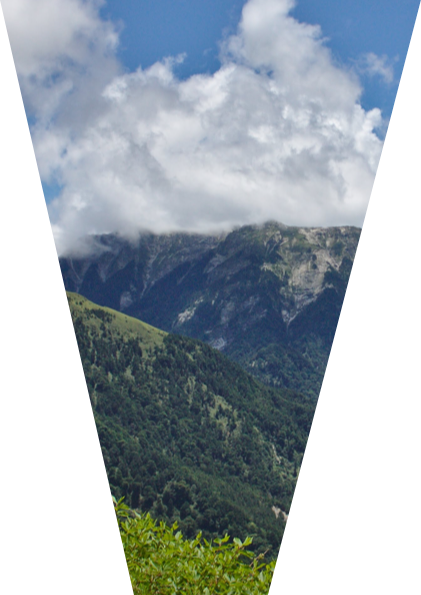
Taiwan
- • One of the key producers of Oolong tea.
- • The tea industry is mostly formed of a collection of small family growers, producing rare teas with regional characteristics.
- • Local tea production styles that vary from one region to another are encouraged thanks to government funded educational programs, tea contests, festivals and competitions.
Teas from Taiwan
- Honey Black





Thailand
- • Tea became a wholesome and sustainable source of income for marginalized tribal/immigrant populations in northern Thailand in the ‘60s.
Teas from Thailand
- Golden Lily (Organic)
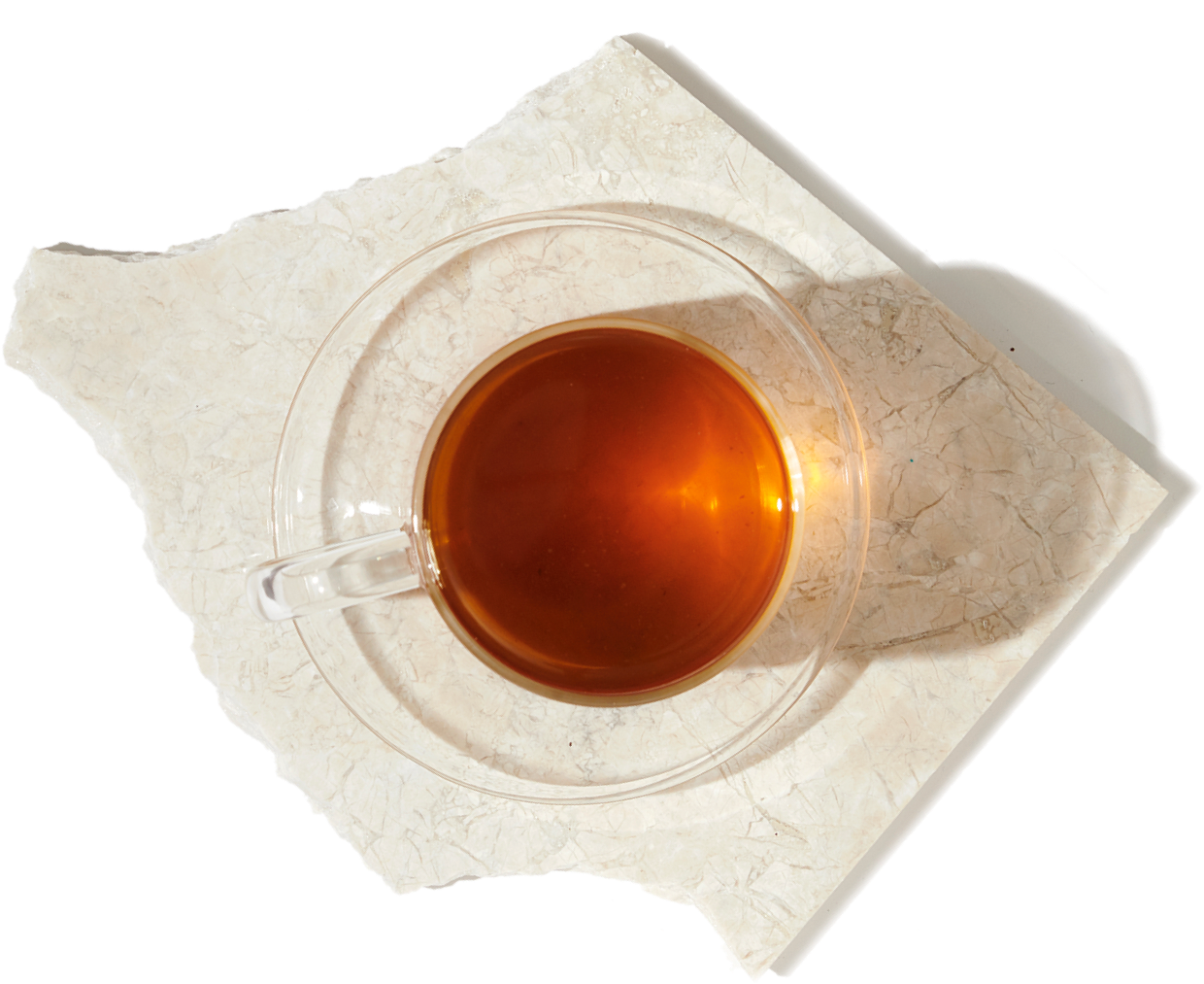

Shop by
origins
Did you know teas can taste
different just by the terroir it’s from?
Terroir /ter’wär/ is a fancy term for a region’s unique soil, climate and altitude. The combination of these factors greatly affects the flavour and characteristics of a tea. Each growing tea region has a unique combination of these factors, in fact one single country can host tons of terroirs.
Ready to explore?


Green Tea
Celebrated around the world for its many benefits, green tea is a must-have for a healthy lifestyle.
Our origins
Japan and China
How it’s processed
Leaves are pan fried or steamed to prevent oxidation, and dried to lock in their flavour and green colour
Caffeine content
10-65 mg per 8 oz / 240 ml cup (a cup of coffee contains 140 mg)
What it tastes like
Japanese green teas taste grassy and umami and almost buttery while Chinese variations are vegetal and nutty
Benefits
Energizing
Boosts focus & alertness
Detoxifying
Contains antioxidants
Processing
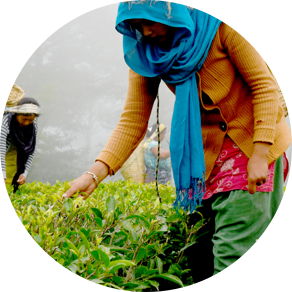
Harvest
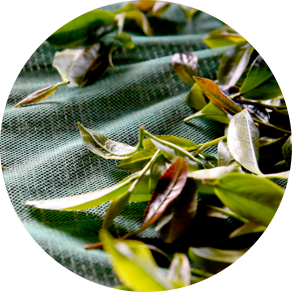
Wither
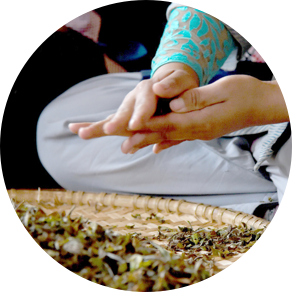
Roll
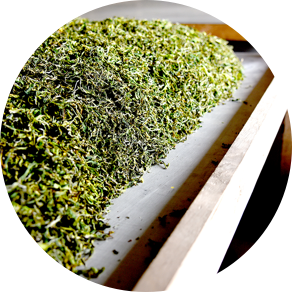
Oxidize
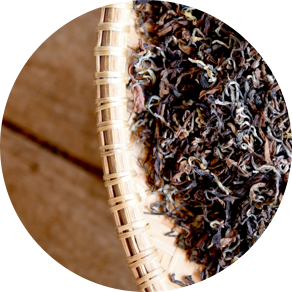
Dry
Photos: Jun Chiyabari Tea Garden

White Tea
The least processed tea from the Camellia sinensis plant, white tea is as close to the living tea bush as you can get.
Our origins
Fujian province China
How it’s processed
Leaves are left to wither and dry in a carefully controlled environment
Caffeine content
20-55 mg per 8 oz / 240 ml cup (a cup of coffee contains 140 mg)
What it tastes like
Ranging between floral, warm hay, delicate and sweet
Benefits
Contains antioxidants
High in skin-loving active ingredients
Hydrating
Processing

Harvest

Wither

Roll

Oxidize

Dry
Photos: Jun Chiyabari Tea Garden

Black Tea
Black tea is a classic choice first thing in the morning, or for an afternoon high tea.
Our origins
China, India, Sri Lanka, Nepal and Kenya
How it’s processed
The bruised or rolled leaves are exposed to air and undergo oxidation, resulting in a darker colour and stronger flavour
Caffeine content
30-100 mg per 8 oz / 240 ml cup (a cup of coffee contains 140 mg)
What it tastes like
Flavour can range from fruity and floral to rich and malty with hints of honey
Benefits
Energizing
Boosts alertness
Contains antioxidants
Processing

Harvest

Wither

Roll

Oxidize

Dry
Photos: Jun Chiyabari Tea Garden

Oolong Tea
Are they black or are they green? Oolong teas are somewhere in between.
Our origins
China and Thailand
How it’s processed
Leaves are repeatedly rolled or twisted to manipulate the degree of oxidation, locking in all the wonderful complex flavours
Caffeine content
10-55 mg per 8 oz cup / 240 ml cup (a cup of coffee contains 140 mg)
What it tastes like
From medium to full bodied, floral to fruity, and sweet to toasty, depending on the degree of oxidation
Benefits
Boots metabolism
Ease digestion
Naturally energizing
Processing

Harvest

Wither

Roll

Oxidize

Dry
Photos: Jun Chiyabari Tea Garden

Pu’erh Tea
Used to serve with food and aid digestion for centuries, pu’erh is a rarity that tea collectors go crazy for.
Our origins
China
How it’s processed
Shou/cooked pu’erhs undergo rapid fermentation, while Sheng/raw pu’erhs can be aged for years like a fine wine
Caffeine content
20-125 mg per 8 oz / 240 ml cup (a cup of coffee contains 140 mg)
What it tastes like
Deep, complex & known for its signature earthiness, pu’erh can range from fresh, wet soil & rich cacao to sweet dried fruit
Benefits
Boosts metabolism
Ease digestion
Energizing
Processing

Harvest

Wither

Roll

Oxidize

Dry
Photos: Jun Chiyabari Tea Garden

Matcha
Matcha powder is made from finely ground green tea leaves – so with every sip, you’re getting all the benefits of the full leaf.
Our origins
Aichi prefecture, Japan
How it’s processed
The tea leaves are steamed, dried, deveined and carefully ground to a fine powder
Caffeine content
20-40 mg of caffeine per 8 oz / 240 ml cup (a cup of coffee contains 140 mg)
What it tastes like
Matcha can range in taste from grassy to sweet & creamy, with textures that are smooth to crisp
Benefits
Energizing
Detoxifying
Boosts focus
Rich in L-theanine
Processing

Harvest

Wither

Roll

Oxidize

Dry
Photos: Jun Chiyabari Tea Garden
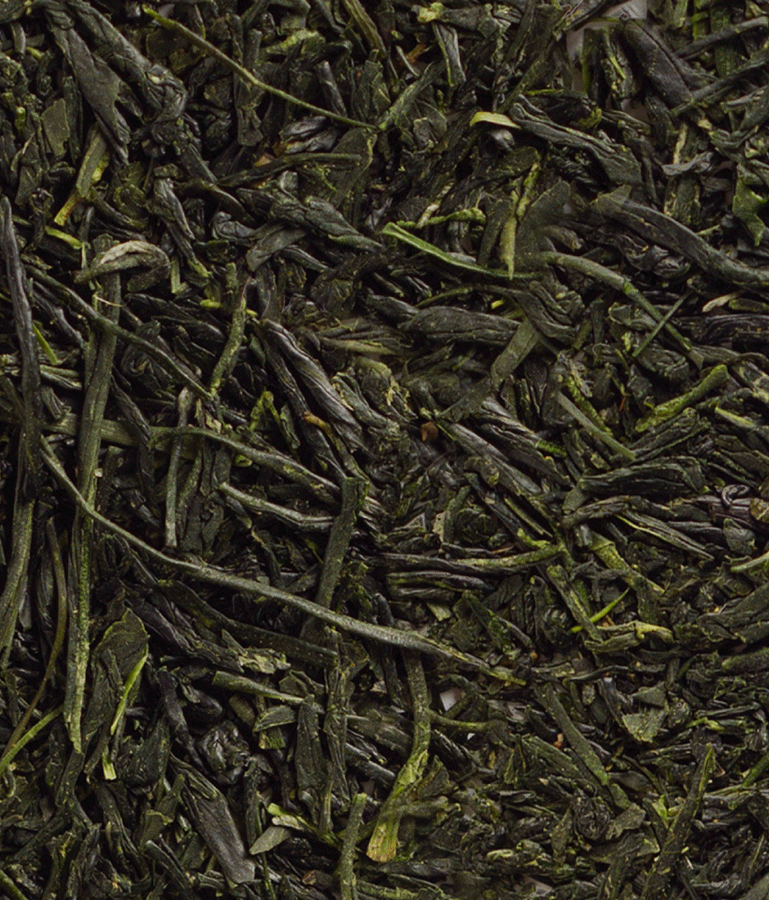
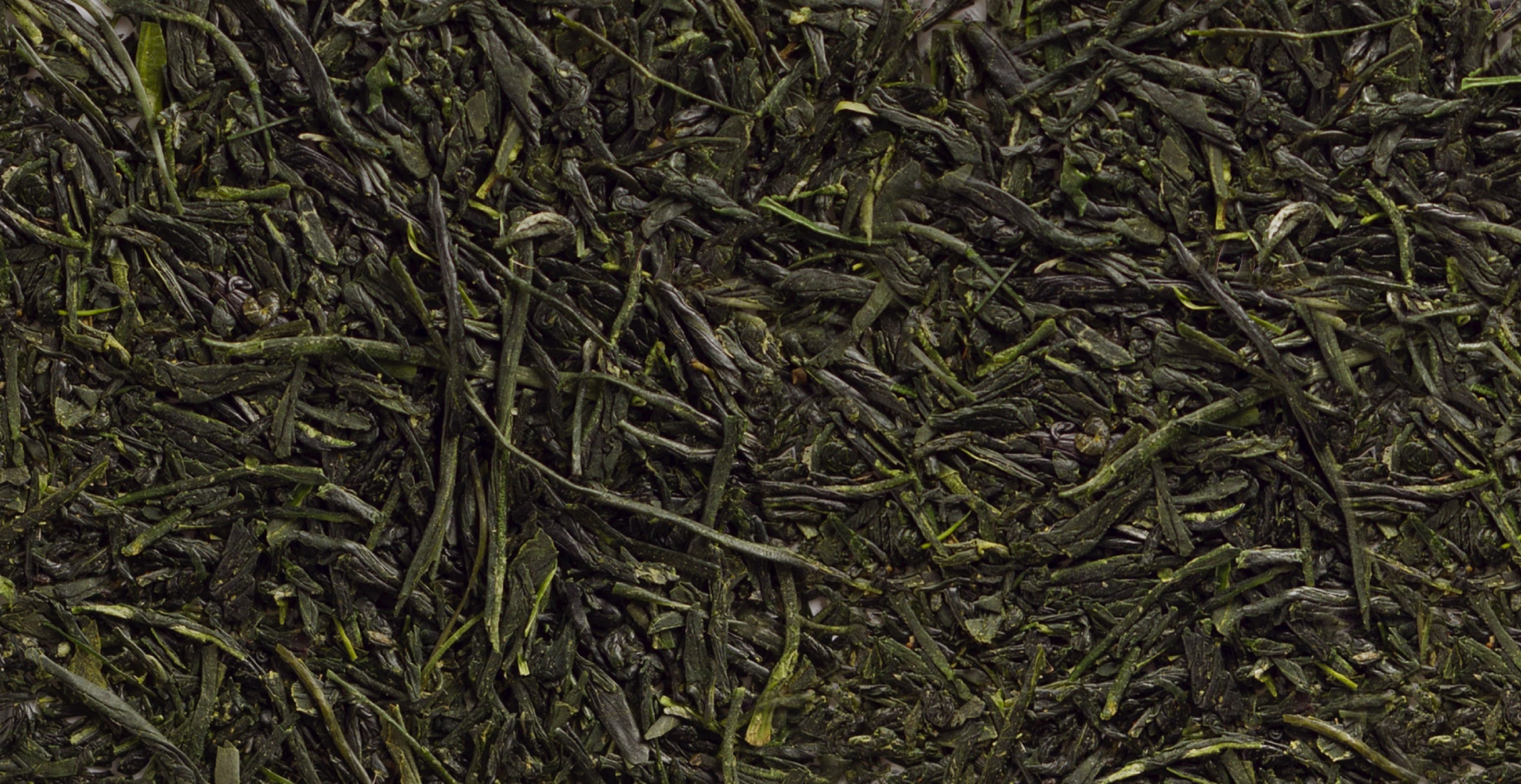
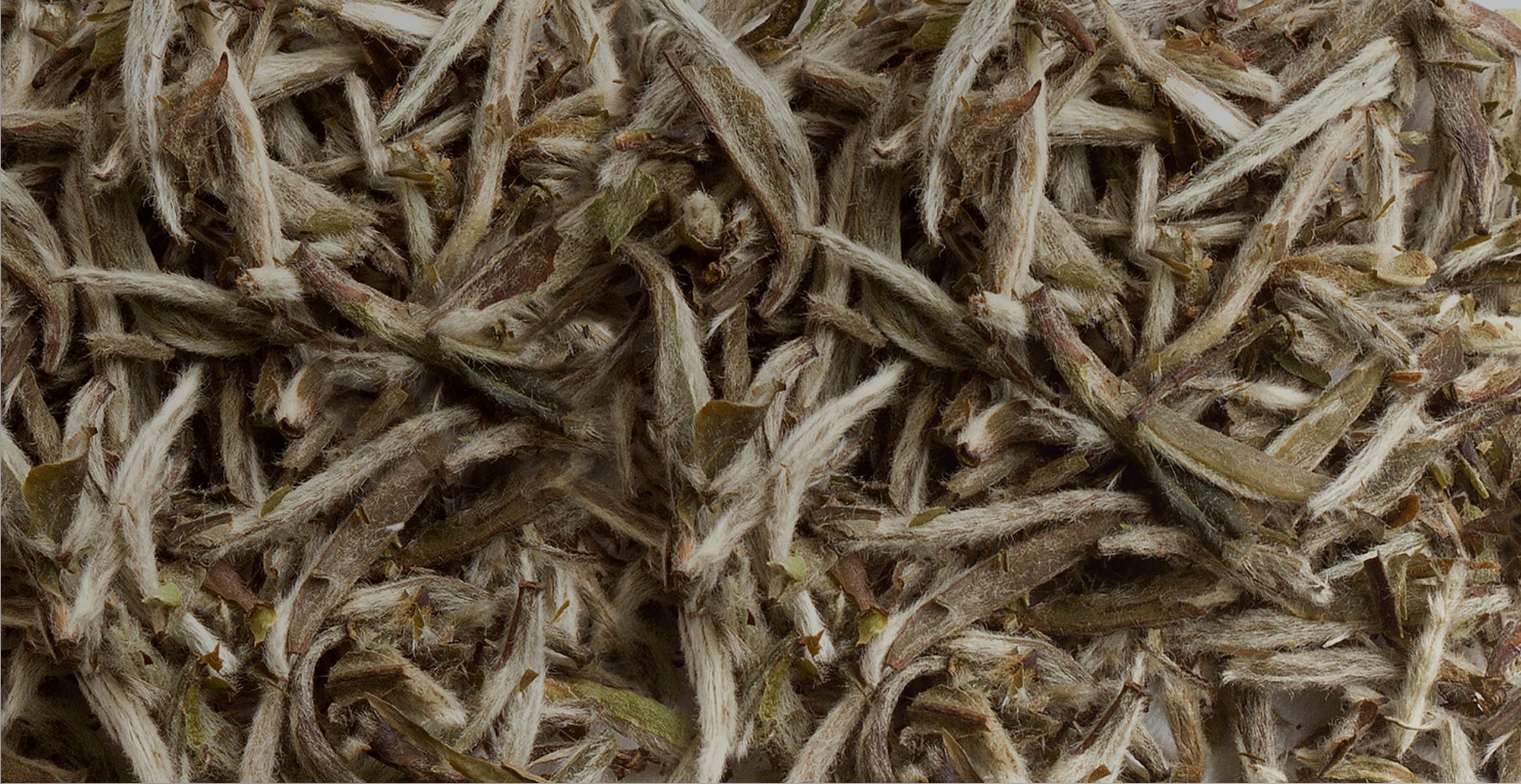
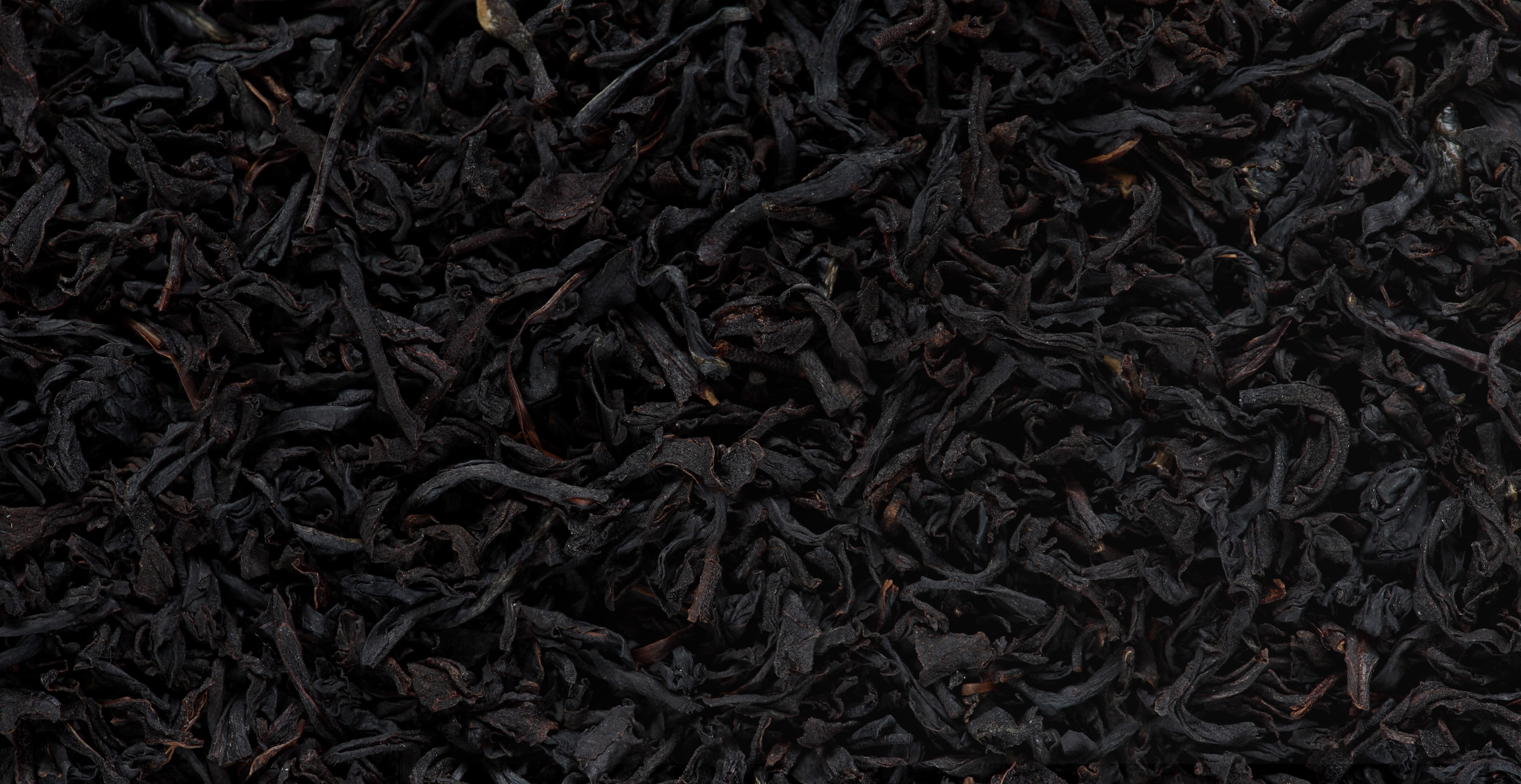
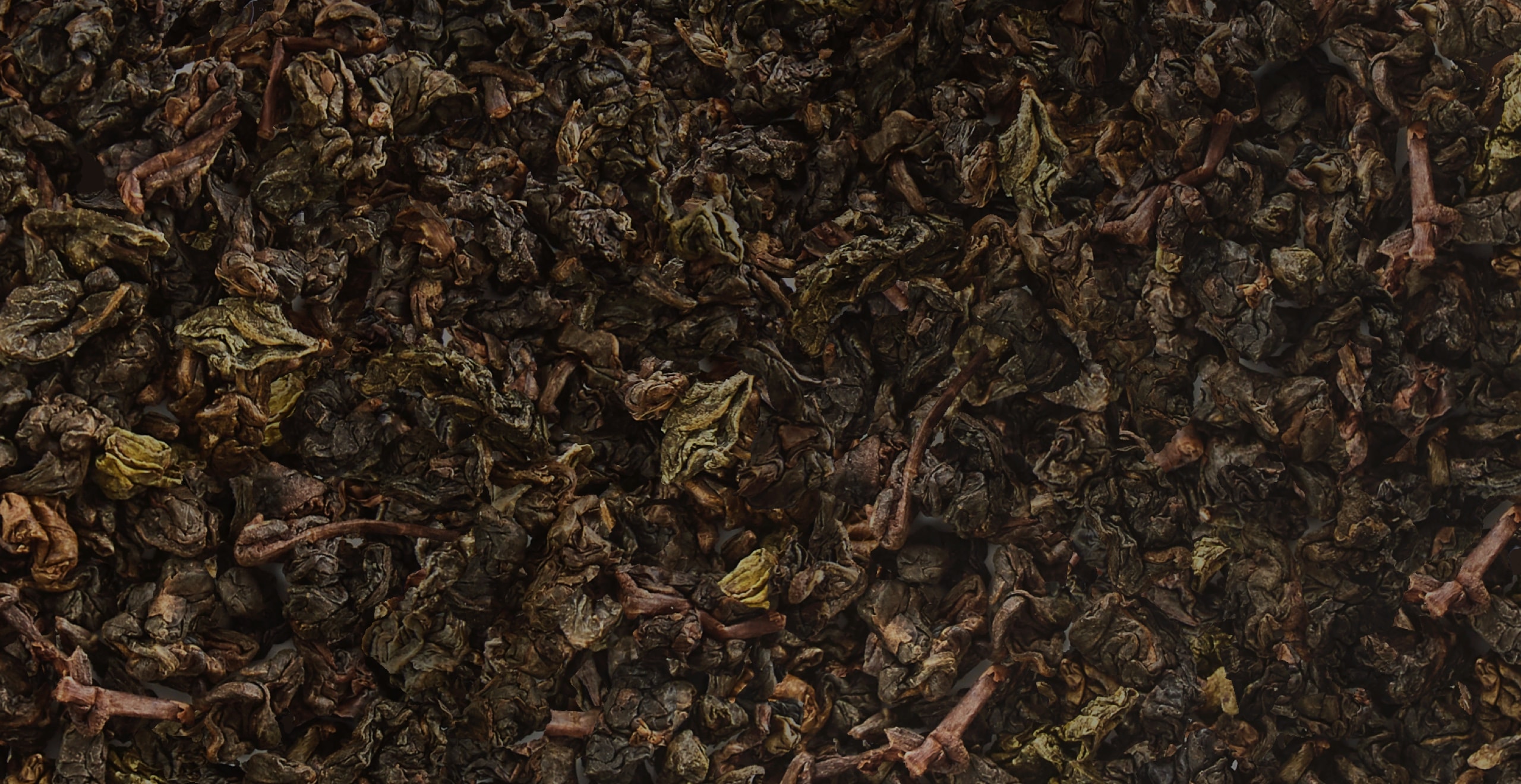
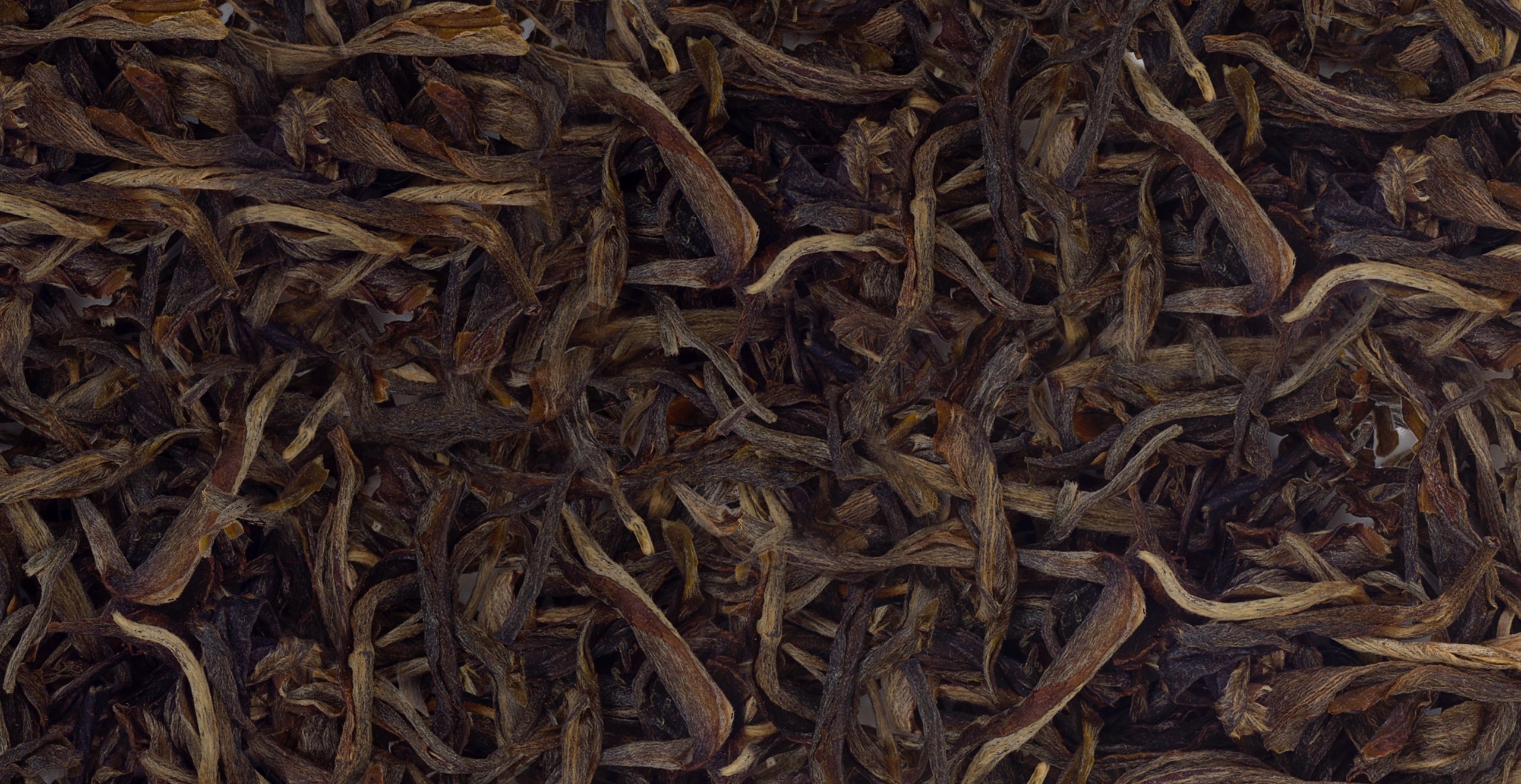
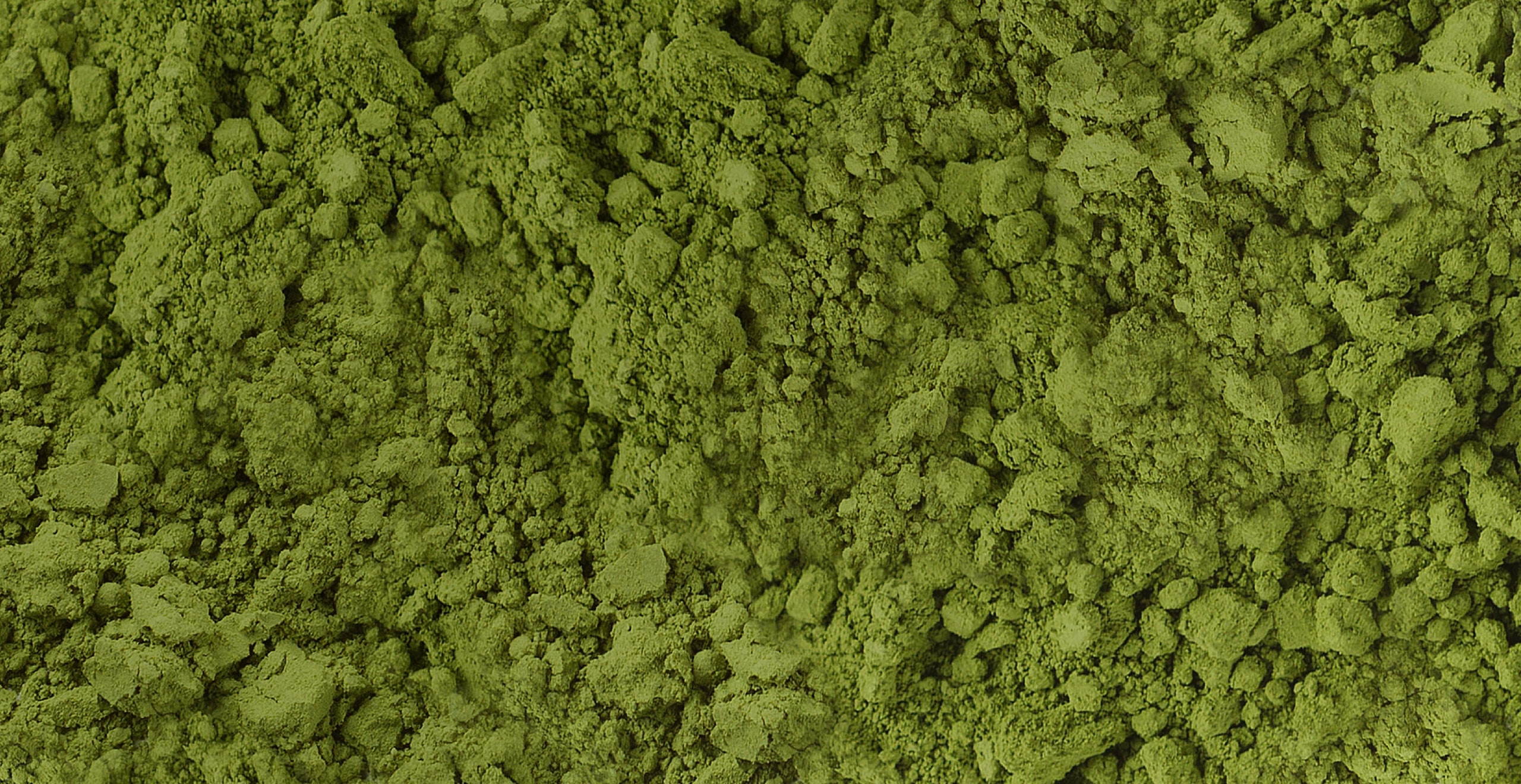
Explore by
tea types
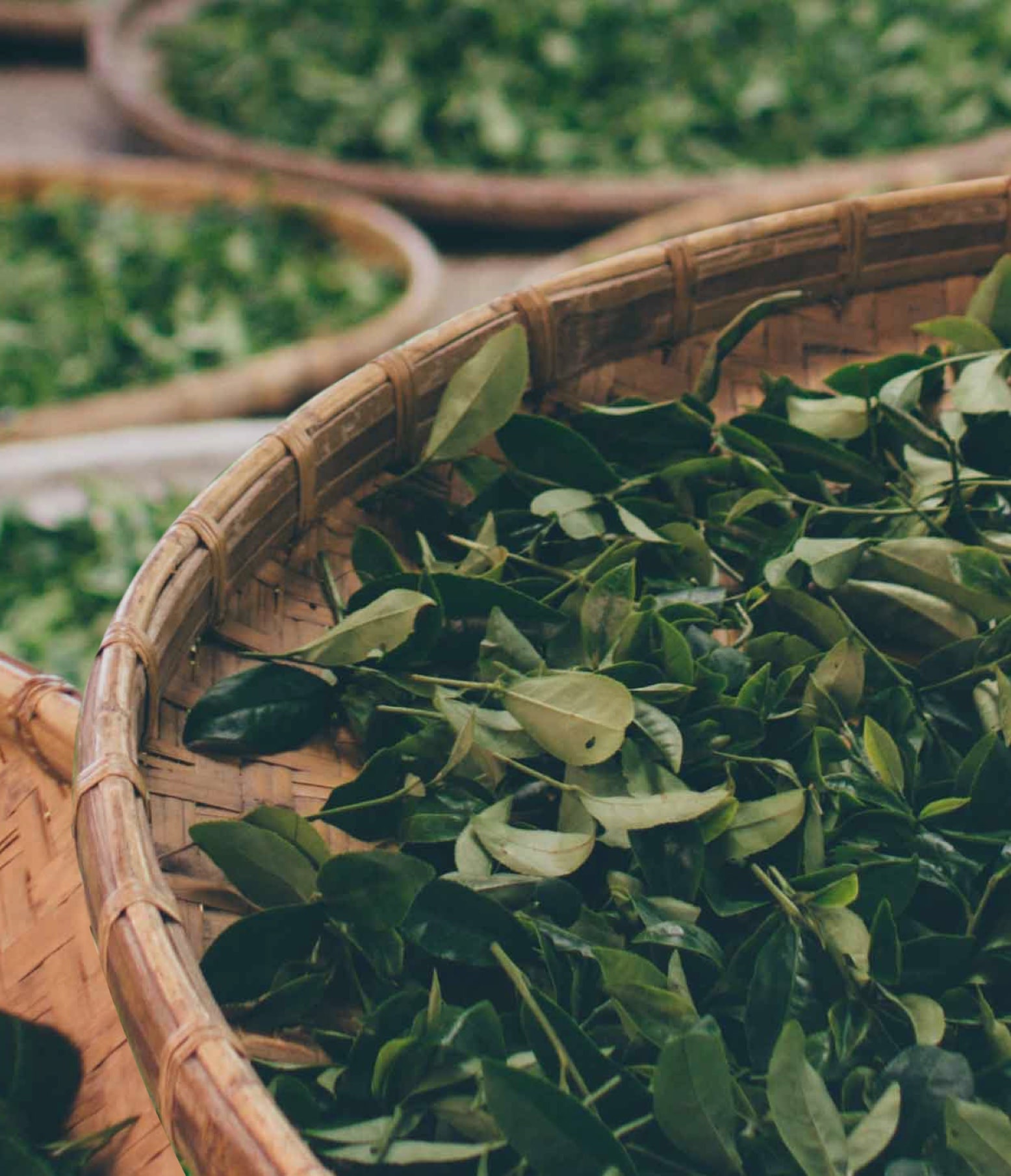
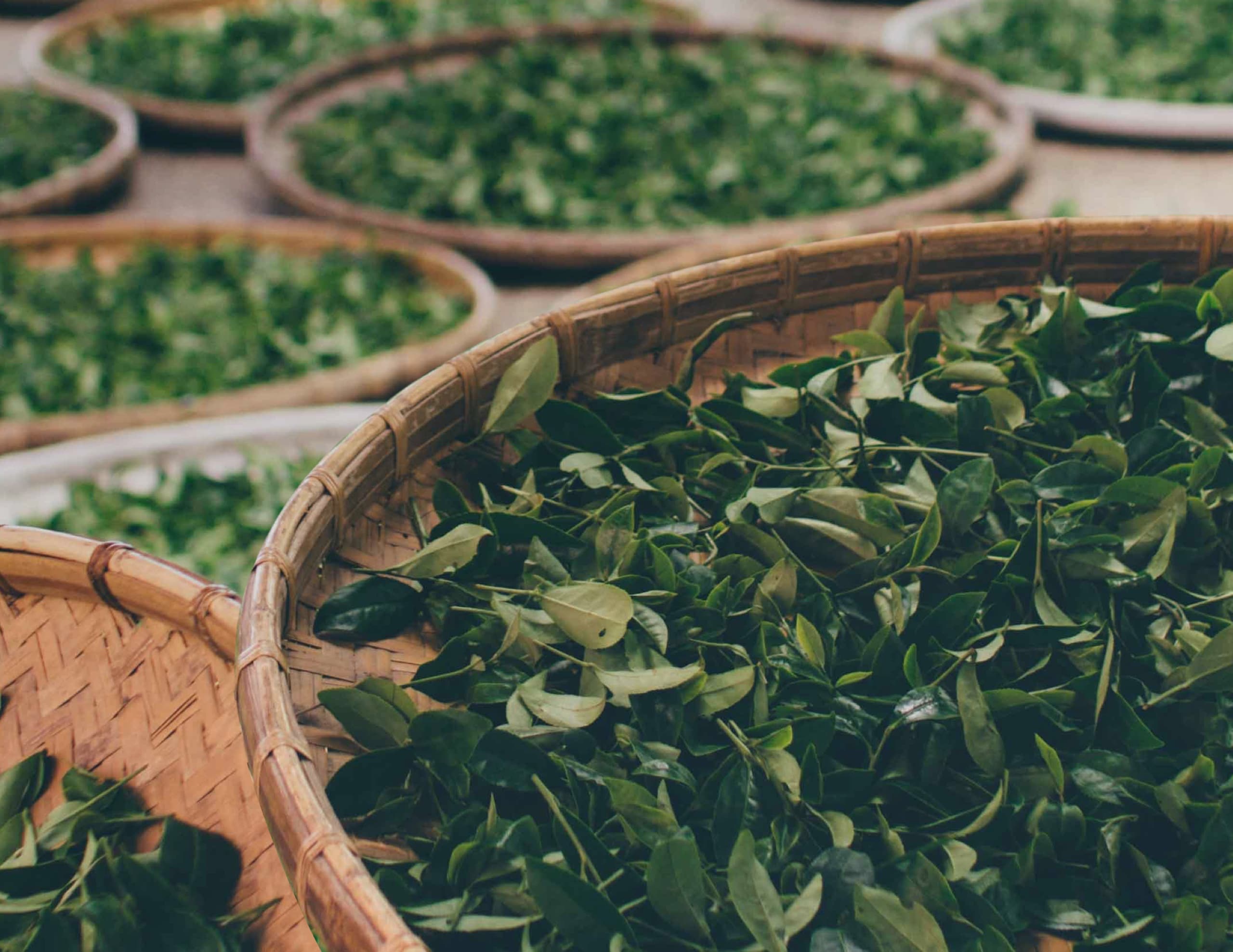

Why we love traditional teas
We’re constantly inspired by the wide variety of different flavours the leaf has to offer from floral and nutty oolongs to smooth and rich pu’erhs.
Each different style is determined by the plant cultivar where the plant is grown, the age of the bush when harvested, the season it's picked, and how it's treated—dried, fired, steamed, oxidized, aged. On top of that, each type brews at a certain temp—hot, but not screeching-kettle hot. And while it is slightly more complicated than boiling water, it's only slightly.
Which tea
will you
try first?
Discover & shop
Sign in to get your Frequent Steeper points & redeem your free rewards.
You can always join our free loyalty program after completing checkout!
Shop, earn points and redeem for free tea, exclusive perks and more
Register NowDAVIDsTEA uses cookies to enhance & personalize your online experience. By using our website, you agree with our Privacy Policy
